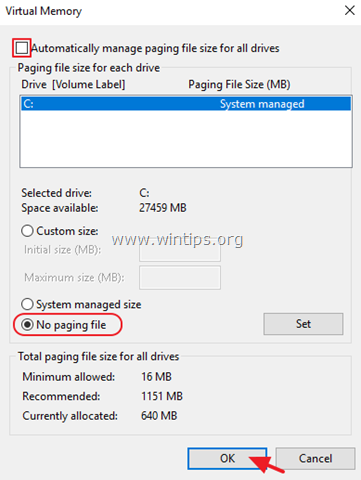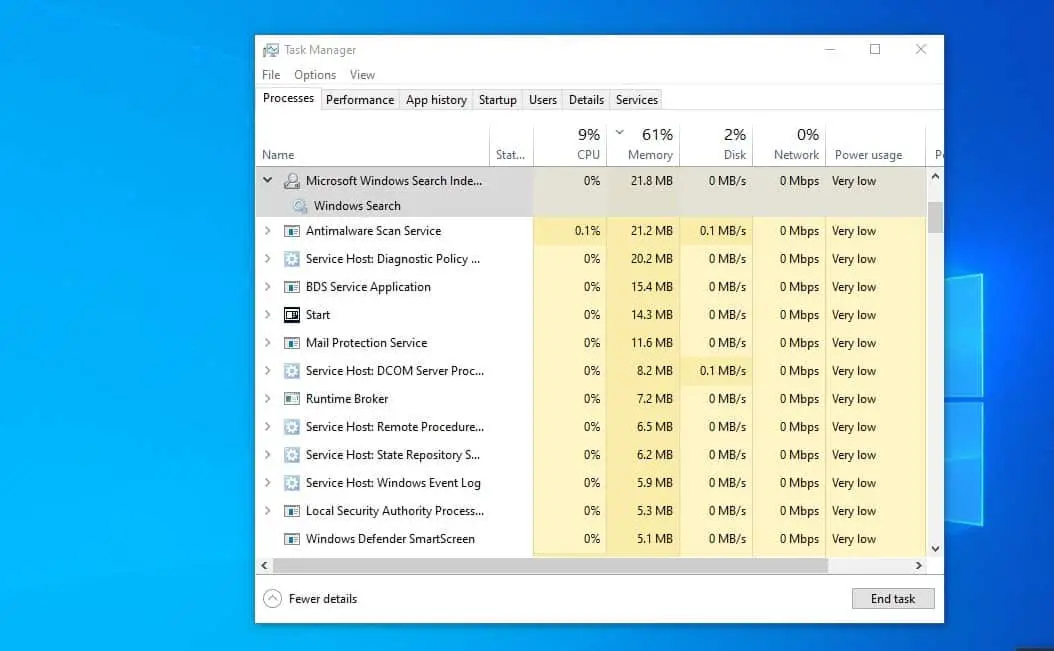

For more advanced users, or if you're overclocking your CPU and want more in-depth measurements, Intel's eXtreme Tuning Utility (XTU) and AMD's Ryzen Master software are designed by the chipmakers and also offer expansive options. There are multiple programs to choose from, with the best tools for checking CPU temperature, including Core Temp, NZXT's CAM, AIDA64, HWiINFO, or HWMonitor. The ComputerName argument will accept a list of servers, so with a bit of extra formatting you can generate a list of top processes on each server.How to Check Your CPU Temperature in Windows 10 and 11Ĭhecking your CPU temperature is as easy as installing and using monitoring software and then reading the output, and the same techniques apply to Windows 10 and Windows 11. On a 4 core system it will return results that look like this: InstanceName CPU | Sort-Object -Property cookedvalue -Descending | Select-Object -First 20 `

| Select-Object -Property instancename, cookedvalue `

| Select-Object -ExpandProperty countersamples ` Same script but formatted with line continuation: Get-Counter -ComputerName localhost '\Process(*)\% Processor Time' ` I use the following PowerShell snippet to get CPU usage for local or remote systems: Get-Counter -ComputerName localhost '\Process(*)\% Processor Time' | Select-Object -ExpandProperty countersamples | Select-Object -Property instancename, cookedvalue| Sort-Object -Property cookedvalue -Descending| Select-Object -First 20| ft -AutoSize If connecting to the machine doesn't work directly, take a look here.

paste it in, and run it, to get a "live" measurement. So, you can connect to any Windows machine with this command: Enter-PSSession -ComputerName MyServerName -Credential MyUserName This produces the following output: 10:56:55 > CPU: 0.797%, Avail. $availMem = (Get-Counter '\Memory\Available MBytes').CounterSamples.CookedValue $cpuTime = (Get-Counter '\Processor(_Total)\% Processor Time').CounterSamples.CookedValue $date = Get-Date -Format "yyyy-MM-dd HH:mm:ss" I have combined all the above answers into a script that polls the counters and writes the measurements in the terminal: $totalRam = (Get-CimInstance Win32_PhysicalMemory | Measure-Object -Property capacity -Sum).Sum


 0 kommentar(er)
0 kommentar(er)
